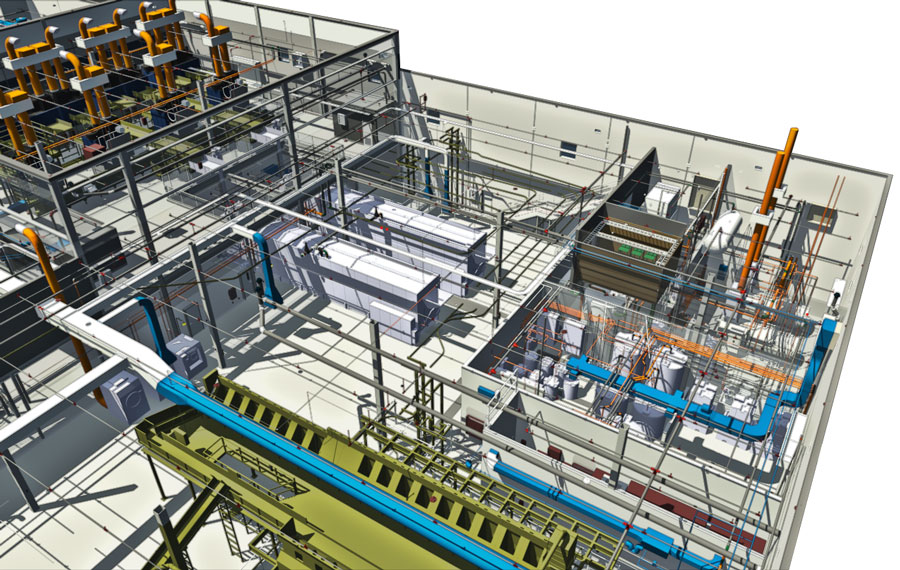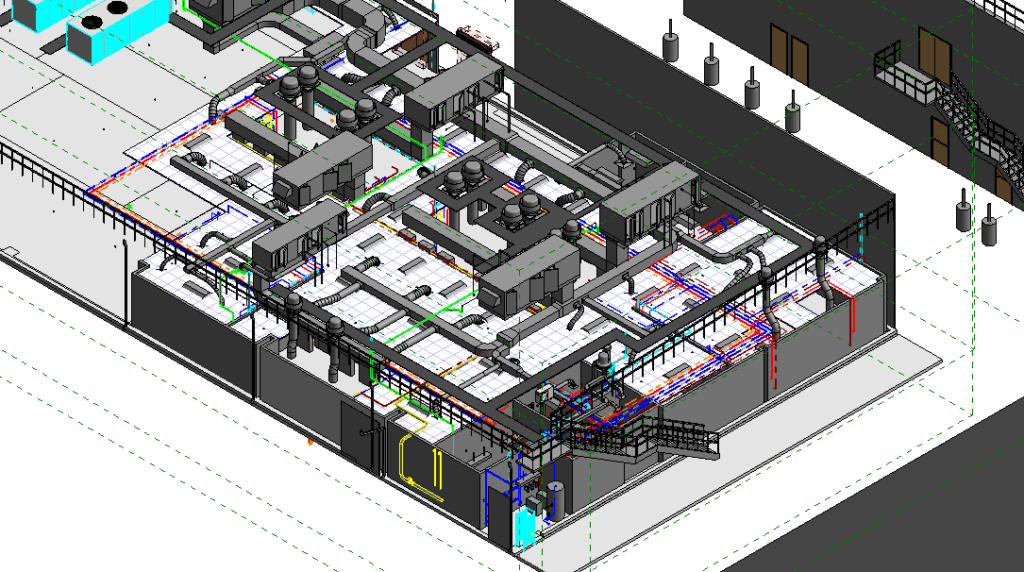Insights: Improving BIM Practices from the Ground Up

While building information modeling (BIM) often plays such a large part in day-to-day design and construction operations, it can quickly fall to the wayside to other areas of focus. Benefits to taking the time to evaluate current BIM practices can develop efficiencies and improve current BIM practices while:
- Maintaining consistent “on-brand” drawings
- Optimizing workflow across various trades
- Acknowledging flexibility based on different areas of business (geography, business unit, client, etc.)
- Leveraging existing BIM knowledge throughout the organization to incorporate new/different viewpoints
The Foundation
A good way to begin evaluating existing BIM practices is to first break down major action items into manageable pieces and get input from all key disciplines and user groups. Once a general survey is completed, developing a leadership team to guide the process is essential. Leadership should be knowledgeable of BIM related elements and trustworthy regarding their understanding of important company and branding goals. Diversity is key for this team; having members from different disciplines and strengths will go a long way to have a well-rounded forum. They will serve as the authority regarding any new BIM practices that will be adopted, existing practices to be modified, and serve as the go-to for BIM assistance.
Branching Out
Having a foundational leadership team will allow for specialized sub-teams to form and tackle the major action items. A suggested sub-team structure would be based upon discipline or trade (i.e. architectural, mechanical, etc.) allowing for flexibility to focus specific needs such as detail libraries, symbols/abbreviations, filters/view properties and overall discipline organization.

These sub-teams are recommended to coordinate on a monthly basis to maintain momentum past the kickoff phase, and are made up of 4-6 members considered “power users” for their proficiency in BIM applications. The members can then act as an extension of the team leader to provide guidance and facilitate relevant updates.
Sharing Knowledge
One of the biggest benefits to creating these sub-teams is the amount of knowledge that can be shared amongst team members. Individual members are encouraged to explore new design options and tools, tackle discipline tasks, and bring findings to the discussion. For leadership, dedicated monthly meetings between discipline leaders is a great way to discuss happenings over the past month, provide check-ins, advice and a time to plan holistic action items.
Consider having another group of non-technical stakeholders to discuss items that may not have been thought of by the BIM teams. Project managers or senior staff are a great group to use as they tend to look at projects from a different view compared to a technical staff member. A roundtable is a creative way to engage all parties and encourage discussion.

Trust the Process
An overhaul of existing BIM practices can seem like a daunting task, but one that is well worth the effort. It will take months, maybe even years, before noticeable milestones are met. Treat the effort as a living development, constantly changing and evolving to meet new challenges. Identify areas of need and apply structure to work towards and maintain a BIM brand identity.
Building a strong process allows flexibility for new ideas while getting input from necessary stakeholders to stay on course. It’s an opportunity to realize that your “old” way of managing BIM infrastructure may or may not be the most efficient, and offers a chance to build it back even better than before.
Peter Rowan, EI
Mechanical Engineer – Orlando
Peter can be reached at (407) 956-6607 or by email at prowan@cscos.com.